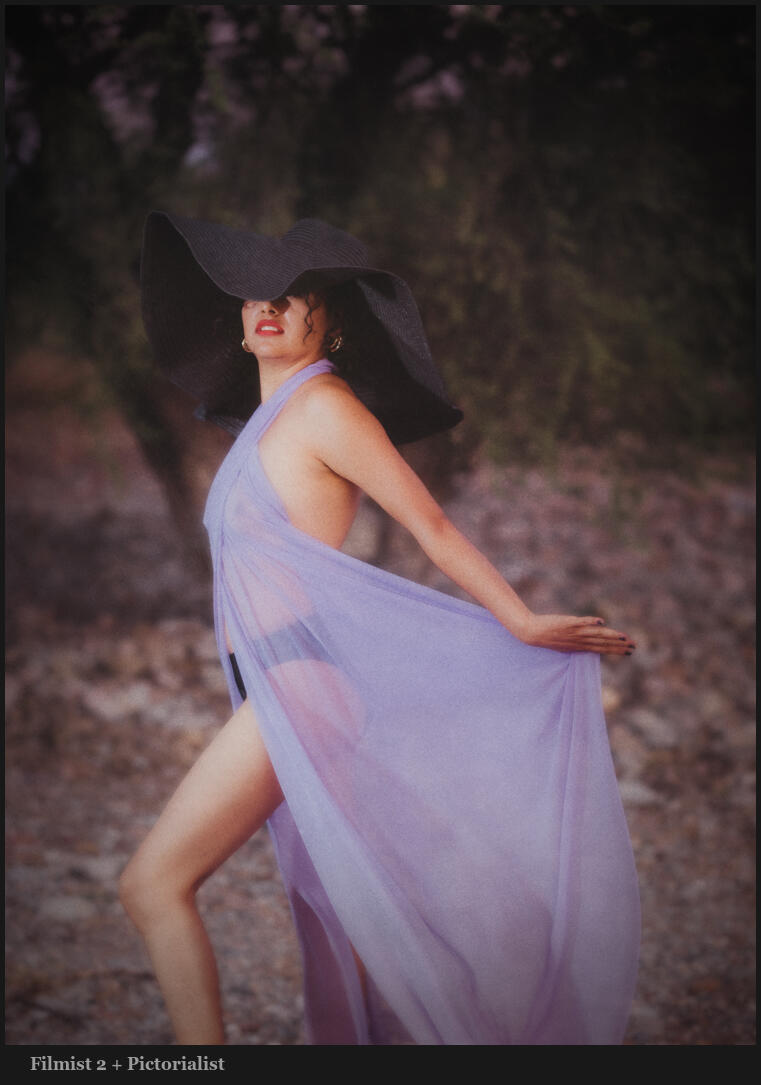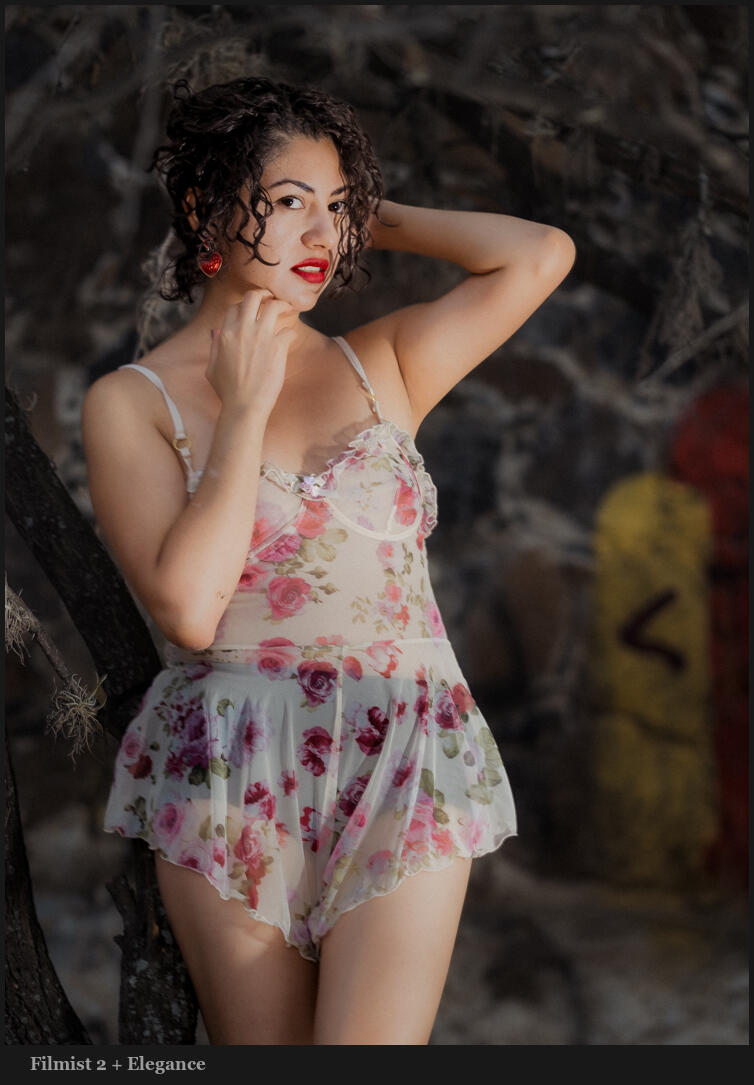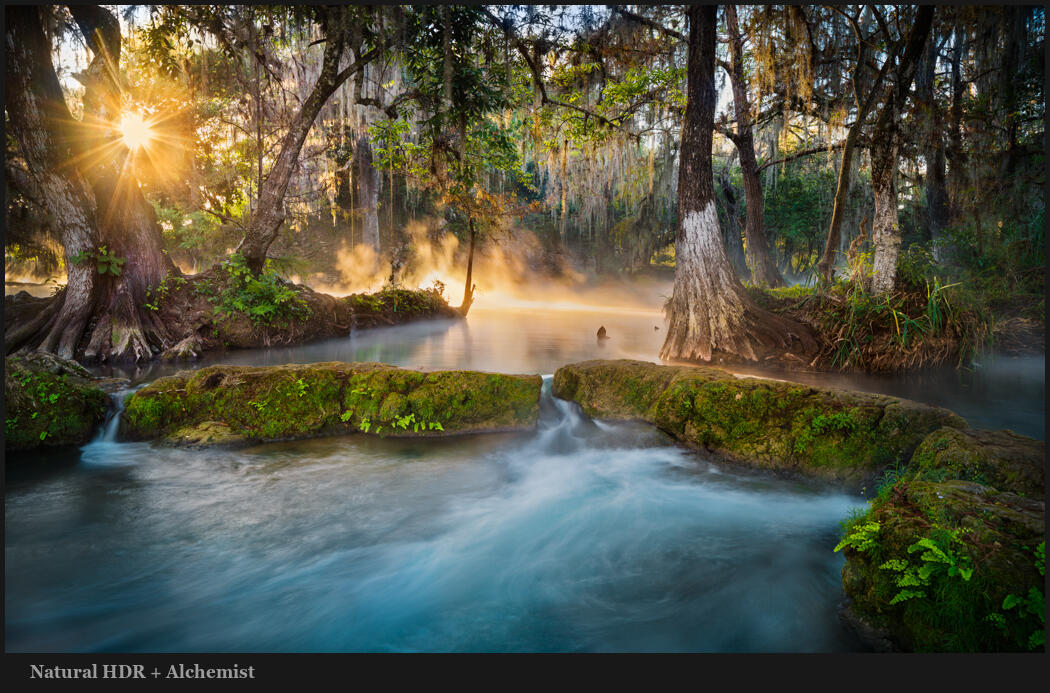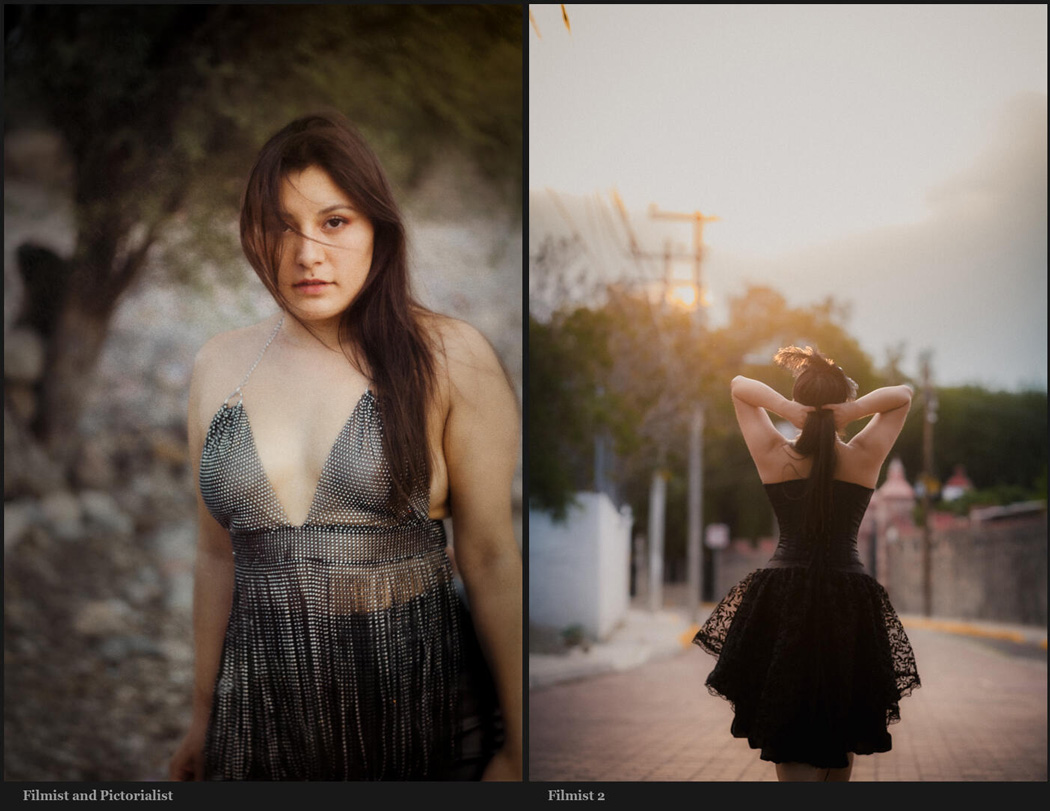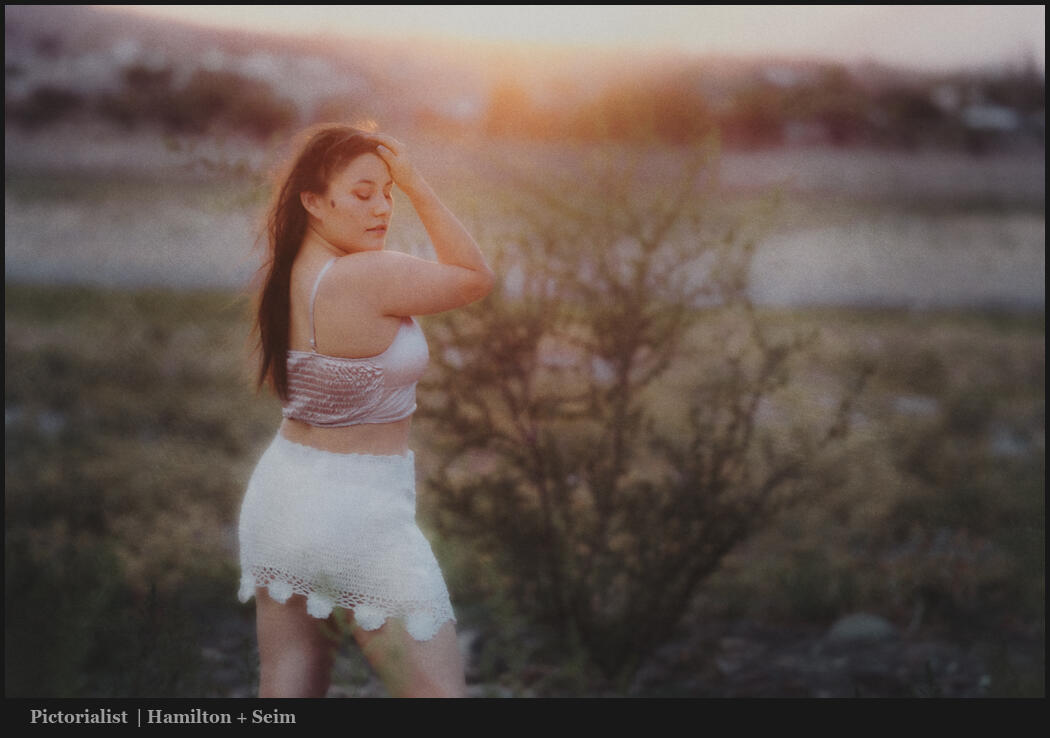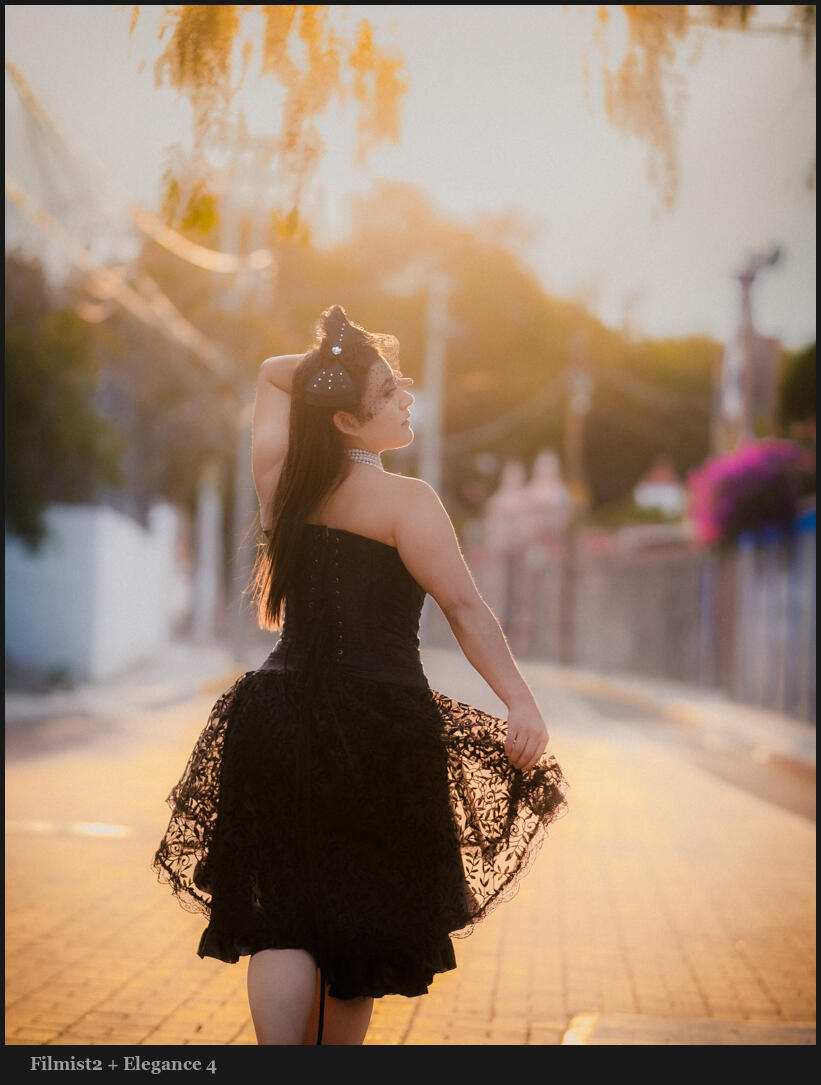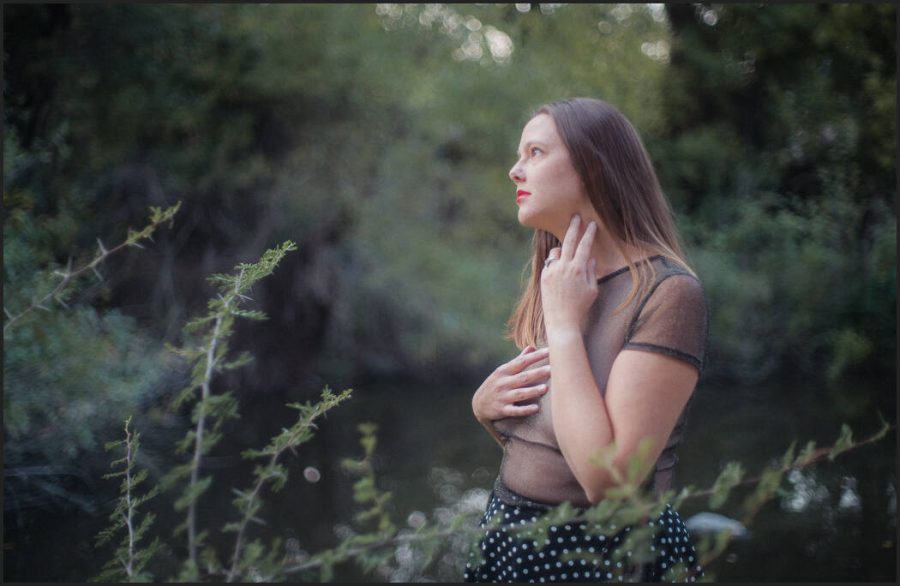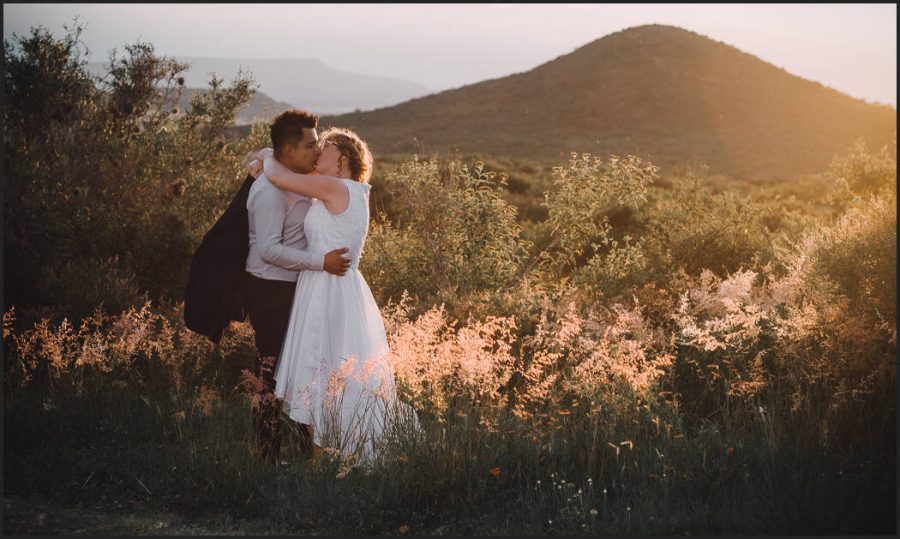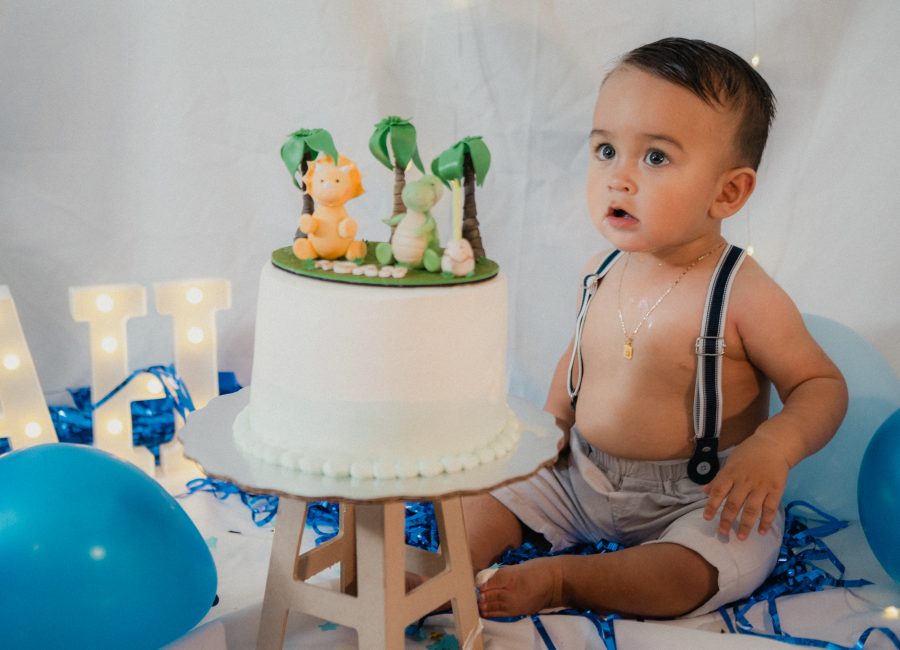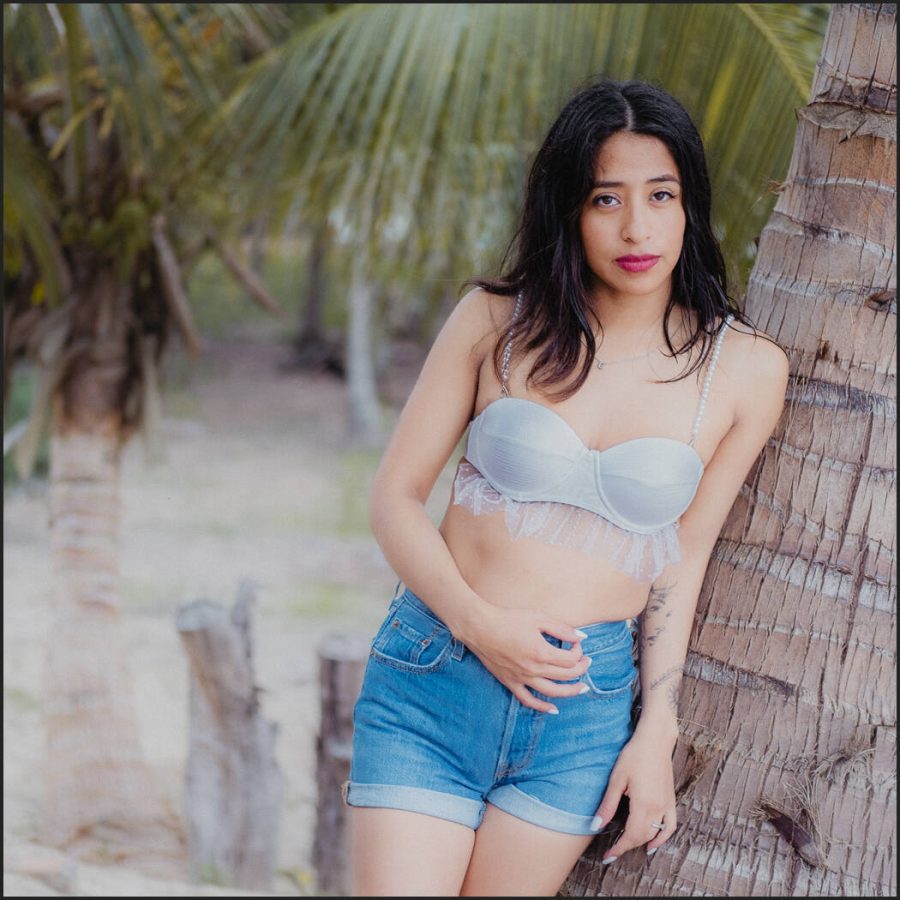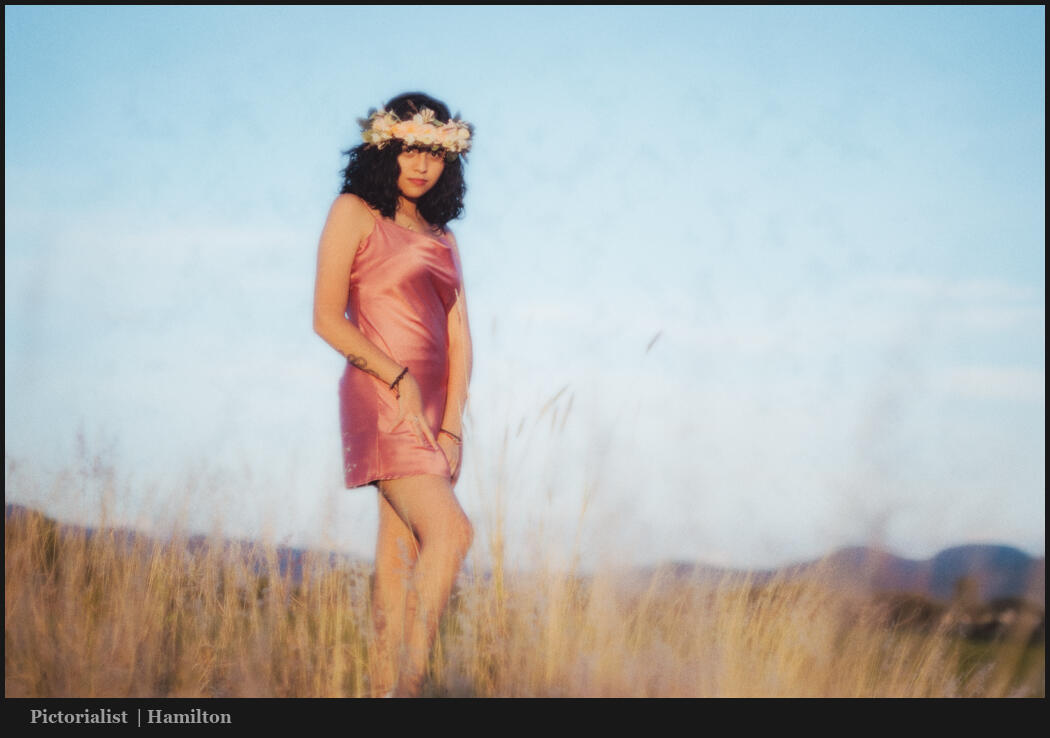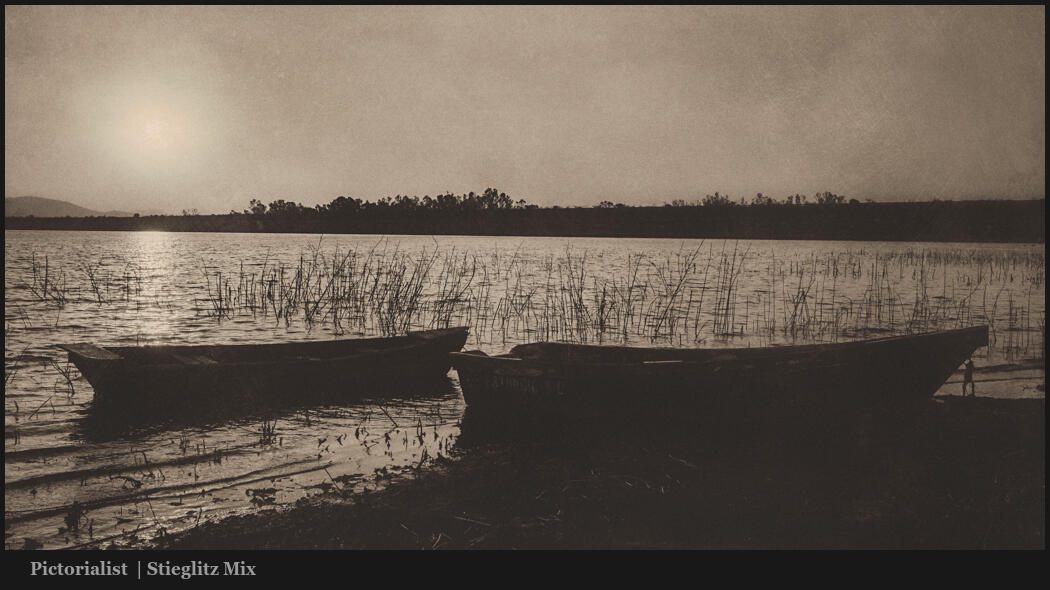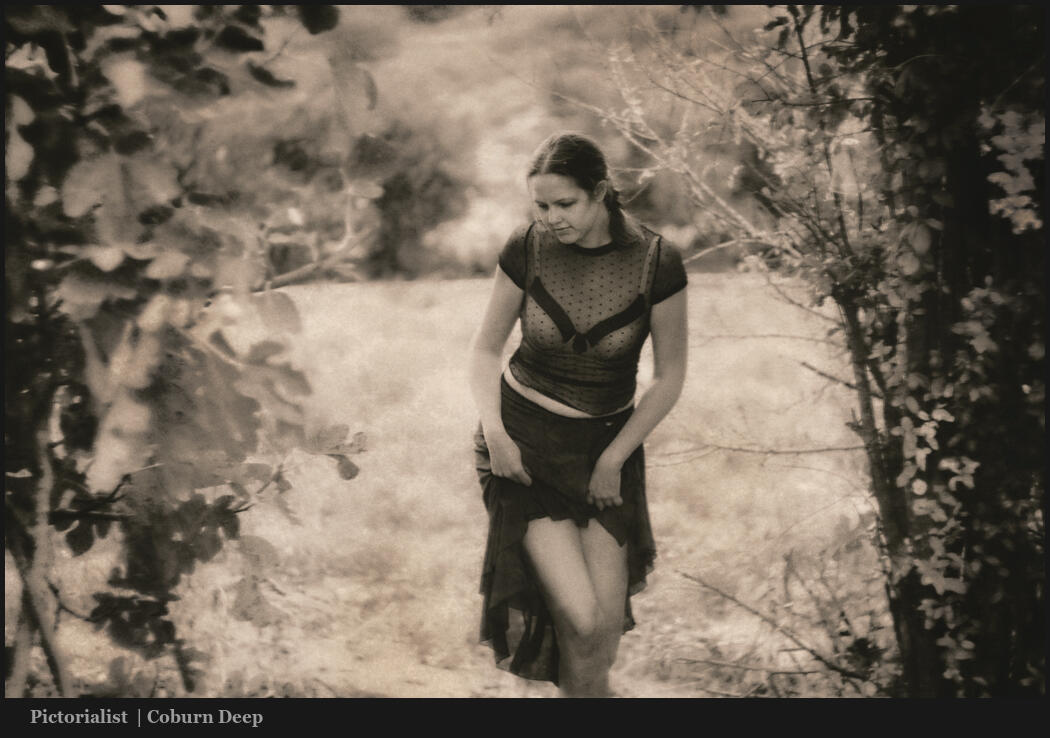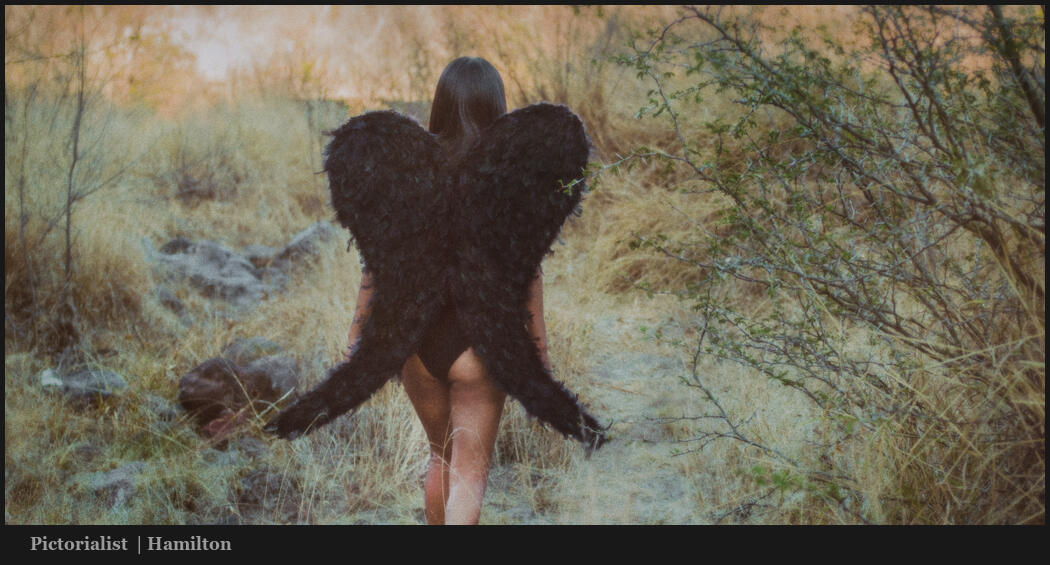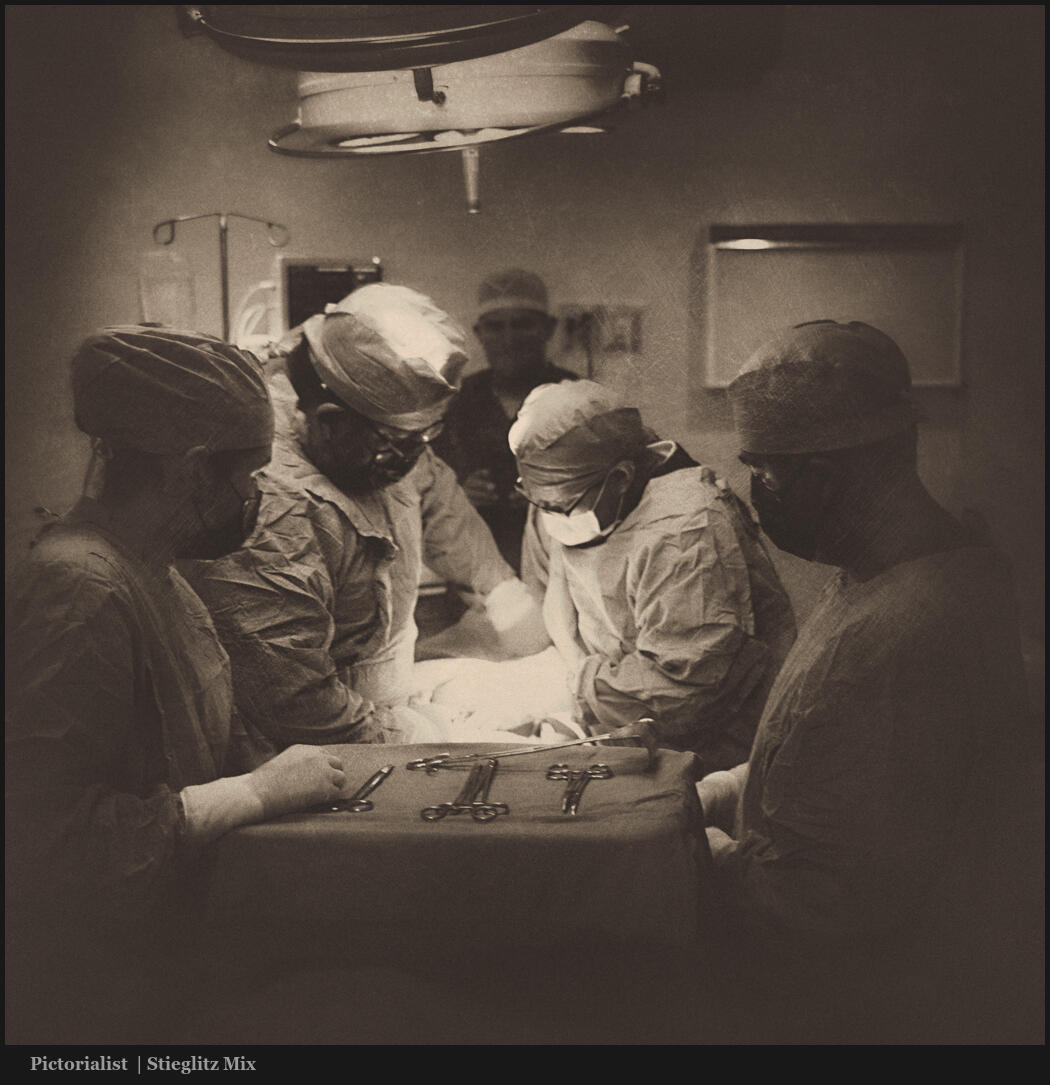Today’s tips go beyond simple light and shadow. This is how to think like a photographer. There’s a new update to my Pictorialist 1.1 Actions and I promised a video. But, I decided to showcase the process of this week’s session with my model Mayumi, and go deeper.
Low light portrait photography? Don’t miss today’s tips.
You can Get Pictalost here while it’s on Launch Sale and also check out Filmist and Elegance for those RAW edits. You can also Log-In here for your updates.
As light wanes, shadow deepens.
And if you’ve ever been to one of my Shadow Hacker live workshops you know that shadows make the photo. Low light photography does not mean low quality and in today’s portrait session, we’ll test that.
In last week’s video, we talked about magic glowing hour light. There’s nothing like it. But today we see that you don’t have to stop just because that is gone! If you are thinking about feeling, emotion, and connected with your project. Darkness can be magical too.
This takes practice. But the more you detach from overthinking and start creating while at the same time learning what works and what does not, everything will change.
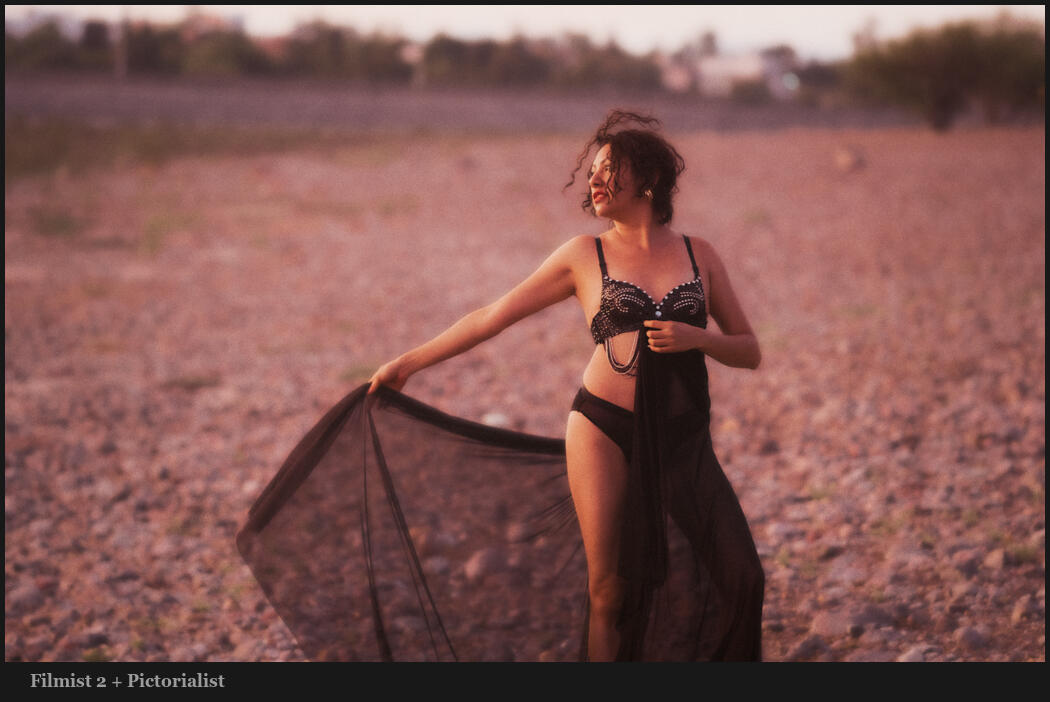
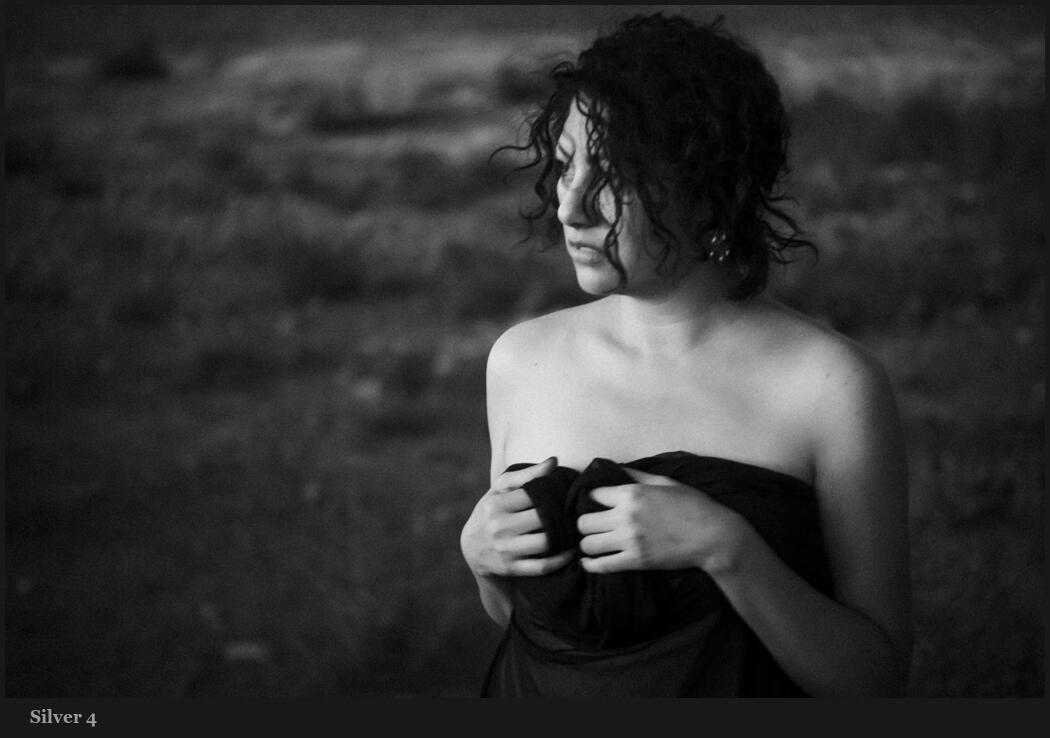
Don’t get too stuck on the tool.
Today I was using pictorialist actions for the deep edits and it works amazing to quickly bring the drama to the photo you shot in dramatic light. Honestly, it’s amazing for low light photography or dramatic day scenes.
But don’t get so stuck on any tool or plugin that’s doing all the world. Notice how even the dark photos in this session had lots of moodiness in the camera. Feel everything about the scene you are creating, slow down and take fewer photos and you’ll get more.
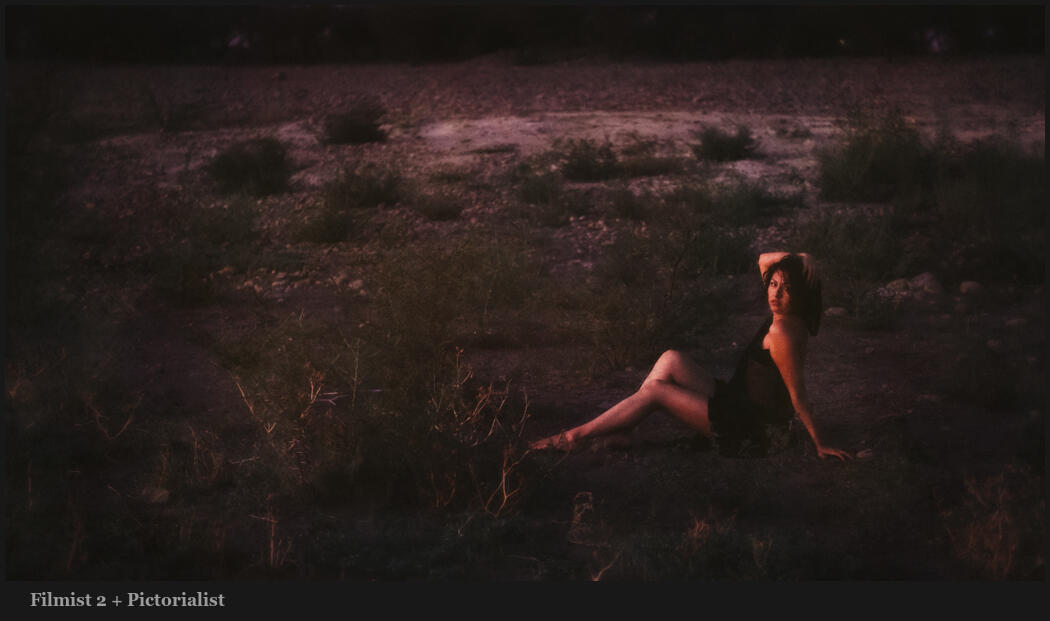

Detach a bit… Use the Pictorialist mentality
This is a term you may have heard in self-improvement and tips to stop stressing about life. But it also works in your photos.
But it also works in photos. It does not mean not paying attention or not trying to de a great job. But when you stop stressing over every detail and look for the feeling in your photos it is transformative.
We’re in the high-res, super-sharp ultra Ai era. It’s sterile and people are bored because we’ve started leaving behind creativity and emotion. Ultra-low light photography is a great way to understand these concepts better.
But having a good plan, practicing often and just letting loose a bit. You will find photos you never dreamed you could have taken.
Try everything in today’s video and see what I mean.\
Gavin Seim
